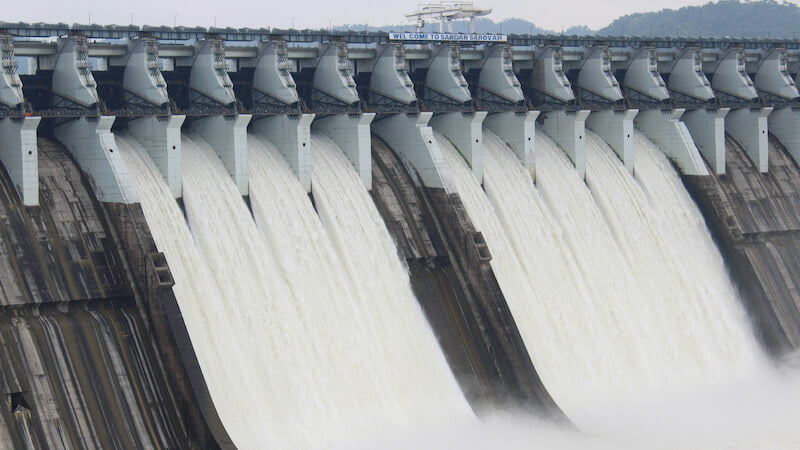
Recent research suggests that hydroelectric power plants emit tons of methane into our atmosphere every year. However, some start-ups have a solution to the problem.
As part of the energy transition, the use of hydroelectric power plants has become established in addition to solar and wind power. But hydroelectric dams, which we need for hydroelectric power, have also been found to be a source of methane emissions.
Methane is a greenhouse gas that is more than 80 times more potent than carbon dioxide over a period of 20 years. Dams release the gas as water flows through the turbines. The methane escapes from dissolved organic material that decomposes at the bottom of reservoirs.
Some start-ups like Bluemethane are currently developing technologies to capture this methane and use it as an energy source. These could reduce methane emissions and at the same time provide a new source of energy. Because methane from water reservoirs can be used as biogas to generate electricity or convert it into “green” natural gas.
Hydroelectric power plants release methane
The process of methane release begins when microbes break down the organic material on the ground in the absence of oxygen. This creates methane, which dissolves in the water. When the water flows through the turbines of the dams, it is heavily mixed.
The forces at work then cause the gas to escape into the atmosphere. These methane emissions contribute to climate change, as methane is responsible for about 30 percent of global warming since the Industrial Revolution.
Bluemethane is currently working on a technology that captures methane bubbles before they reach the surface of the water. According to the company, the system can be integrated into existing infrastructure such as sewage treatment plants and dams.
To keep energy expenditure to a minimum, the technology uses gravity. One example is the KivuWatt project on Lake Kivu. It is a deep lake on the border between Rwanda and the Democratic Republic of Congo.
Methane from reservoirs could become a valuable source of energy
The lake contains large amounts of methane, which geological activities beneath the surface release. The region now uses this methane to generate energy and therefore to supply electricity. Commercialization of the technologies could be particularly beneficial in countries with high hydropower use.
At the same time, Bluemethane is working to measure methane in 20 hydroelectric reservoirs worldwide to identify the best locations to deploy the system.
The capture and use of methane from hydropower plants therefore offers a double opportunity. On the one hand, reducing greenhouse gas emissions and creating a new, renewable energy source. The technologies could make an important contribution to combating climate change and at the same time bring economic benefits.
Also interesting:
Source: https://www.basicthinking.de/blog/2024/05/21/wasserkraftwerke-methan/


